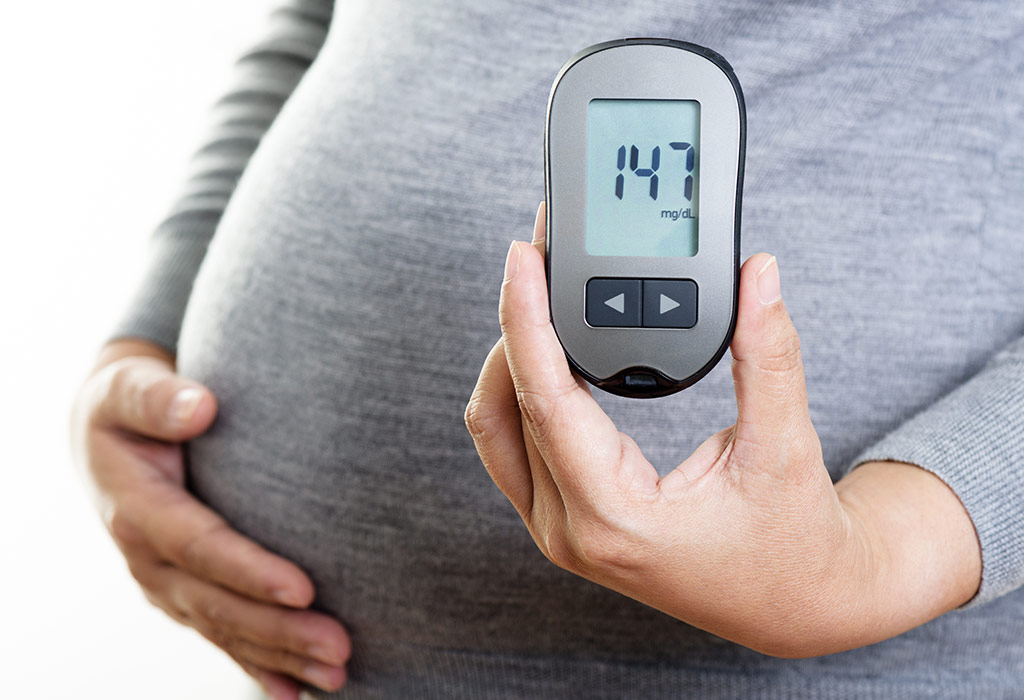
Healthy Eating Tips For Women With Gestational Diabetes
Gestational diabetes is diabetes that appears during pregnancy, usually in the 2nd or 3rd trimester. Doctors also make a diagnosis of gestational diabetes when glucose intolerance (prediabetic condition) is detected in a pregnant woman.
In other words, gestational diabetes is not always straightforward diabetes, but in all cases, blood sugar (or “sugar” levels in the blood) are above normal.
In USA, gestational diabetes is a growing concern: it now affects about 7% of pregnant women. The rate is much higher in indigenous populations: 13%, on average. Gestational diabetes can have consequences for the mother, but also for the child.
What Should I Eat If I Have Gestational Diabetes?
You have just been diagnosed with gestational diabetes. You will be followed by a nutritionist and a diabetologist but while waiting for the first appointment, you wonder what diet you are going to have to follow. In 90% of cases, gestational diabetes is linked to a dietary imbalance.
The recommended diet for diabetes during pregnancy is therefore to rebalance the diet in quality and quantity.
You will therefore need to rebalance food. A blood glucose meter will be your best ally in controlling your diet. In any case, you should not go on a super draconian diet, the goal is not to lose weight but to control the gain of pounds during your pregnancy.
The Basic Principles You Will Need To Follow:
- Eat very often in small amounts at regular times.
- Choose starchy foods with a low glycemic index: whole grain rice, wholemeal bread, legumes (lentils, chickpeas, etc.)
- Eat more vegetables than fruits.
- Eliminate fast sugars (pastries, sweet desserts, chocolate, sodas, sweet cereals, fruit juice, etc.).
- Finally, you will be asked to respect the quantities for each authorized food.
Even if small pleasures are not completely forbidden from time to time, it is preferable to refrain from consuming processed products (ready-made meals, cakes etc.) but also sweets, soda, industrial fruit juices, spread, white sugar and industrial sauces.
Learn To Read Food labels
It may be interesting, when buying a food, to look at the following indicators:
- The glycemic index (GI): preference should be given to foods with a low glycemic index.
- The sugar level: choose foods that are “sugar-free” or “low-sugar” (contains at least 30% less sugar than a similar product). Note: “No added sugar” products do not contain additional sugar during their manufacture but may contain it naturally.
- The fat content: this indicator can be interesting to look at, in particular for cheeses and other dairy products (such as white cheeses).
In general, preference should be given to less processed products, whose list of ingredients is as short as possible.
Why Healthy Eating During Pregnancy Is So Important?
Poor eating habits and excessive weight gain can also increase the risk of complications at birth. A diet lacking in key nutrients can negatively affect your baby’s development, even after birth.
In summary, eating healthy, nutritious foods helps keep you and your baby healthy. It will also be much easier to lose your pregnancy pounds after giving birth!
Dr James S Pendergraft | Orlando Women’s Center


Leave a Reply
You must be logged in to post a comment.